“My husband is in Moscow.”
“My son and his wife moved to Moscow a few years ago.”
“My brother and sister work in Moscow.”
“I want to go to Moscow. I can find a job there, and make more money than here.”
We heard all sorts of versions of this story for almost three months while we collected visas in Kyrgyzstan and walked through the Pamirs, Tajikistan, and Uzbekistan.
Nearly every time we spoke with a local family, which was frequently over tea, questions about our day-to-day lives inevitably circled around to their relatives living abroad. It seemed like most people we spoke with had at least one close family member in Russia who sent money back home.
That’s not surprising, given the region of the world we’re walking in. For many families living in these former Soviet countries, independence some 25 years ago has unraveled into a different kind of dependency, one still hinged to its richer big brother.
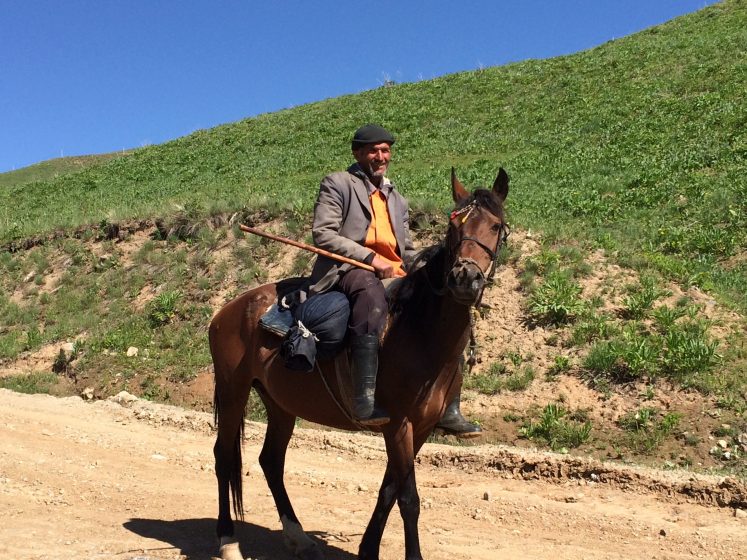
Integrating migrants
Clearly, this is not a story that unfolds only between Russia and its neighbors. It’s the same yarn woven throughout history. People are always moving around the planet looking for better lives, or they have been forced to leave their homelands for one reason or another. It is playing out today as Central Americans head north into the U.S.; in Germany, with its large Turkish community; and anywhere else in Europe now dealing with the issue of accepting large waves of migrants and refugees from the Middle East and Africa.
Migrants and human migration are not novel ideas, but countries and cities often act like they are. They are surprised when big groups of people arrive, and fall into some state of fear-driven paralysis that hampers efforts to quickly integrate newcomers into their new urban lives.
It’s a strange dynamic considering how long this has been happening historically, and how it is likely to continue into the foreseeable future. In a world filled with uncertainty, one thing is almost sure: cities will continue to be the place where migrants land. The age of the megacity is upon us, and millions more people from everywhere will flock to these places for their promise and possibility. These newcomers may be wanted or not, they may be skilled or unskilled, they may weave themselves into their new societies or they may be marginalized—but they will keep coming.
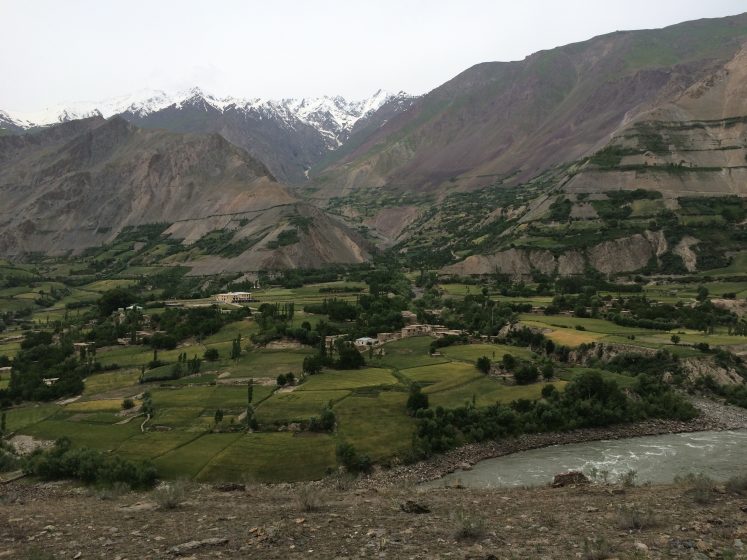
So, how are cities going to integrate these migrants? When will cities and the people who run them stop pretending that the current system is good enough? When will restrictive laws that keep outsiders out be turned around to celebrate diversity, inclusiveness, and the global community? How are employers in cities going to learn what hidden talents or skills these migrants have and how their natural potential can be used for something other than building high rise apartments, washing dishes, picking vegetables, or scrubbing toilets?
There’s an opposite view worth considering, as well. How can cities stay globally competitive with the local talent they have while also developing a strategy to attract and absorb migrants who want to be there? How are cities going to keep families together and stop losing their people to the dream towns across the border? How can they reinvent the conversation that often centers on the “lack of resources and opportunities” to one that adopts an abundance, “there’s-enough-for-all-of-us-to-grow-and-prosper” mentality? How can cities use their young generation’s enthusiasm, curiosity, and social connectivity skills to generate wealth and stability in their regional surroundings?
Cities that turn a blind eye to these issues are potentially missing a big opportunity for themselves.
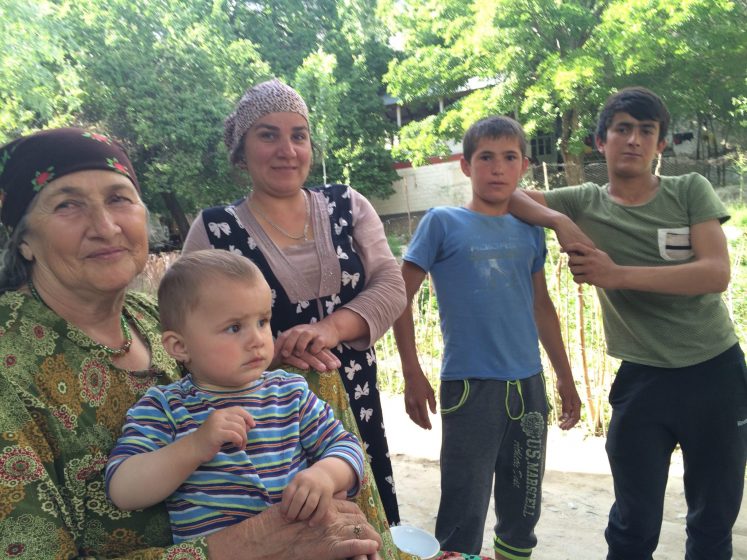
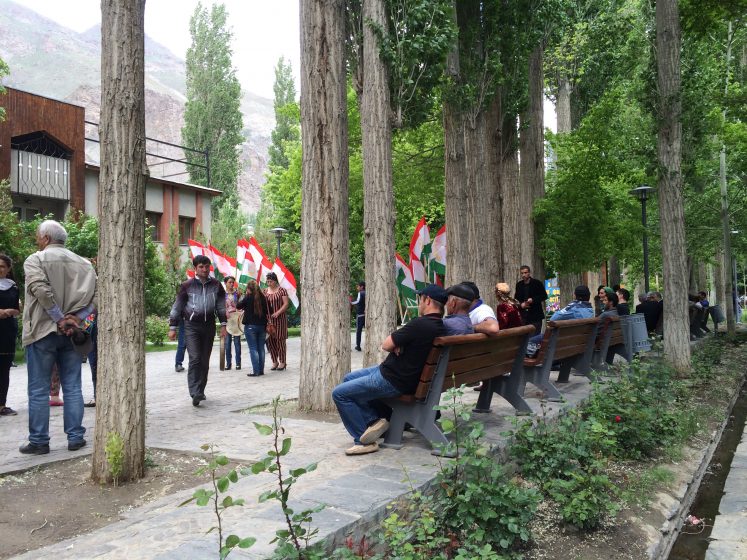
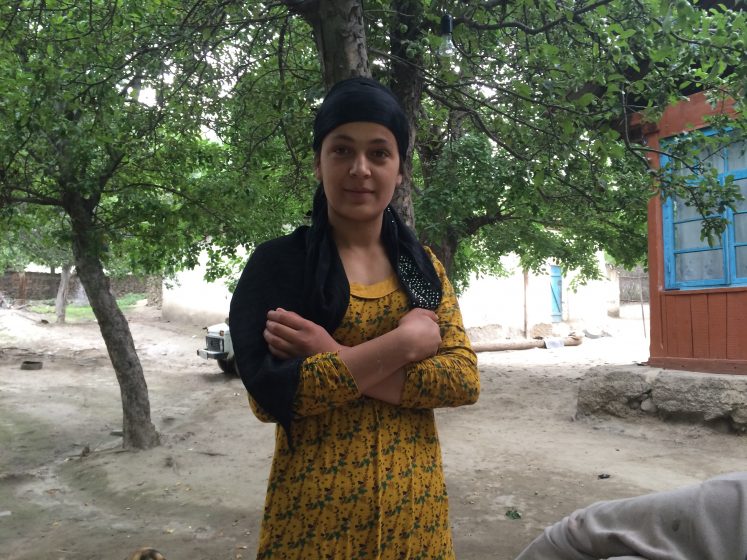
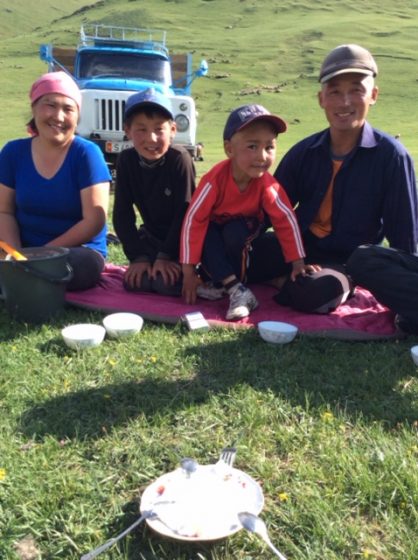
We met young men and women, students and recent university graduates, who spoke their local languages, Russian, English, maybe some Turkish or Persian, and even a little bit of Korean. They were studying or earning degrees in accounting, business, biology, chemistry, economics, finance, management, marketing, teaching, and tourism. They see so few options at home. Some may get okay work after graduation in their field study. Many will marry young and start families without adequate financial means, causing the cycle of poverty to repeat. And, at some point, they may have to leave and go where the money is; inevitably, that probably means a move west.
The westward gaze
To Central Asians, the first step west usually means getting a job in their capital cities, and then using those credentials to jump to Russia, Europe or Turkey. A move to North America may also be on the wish list, but many know that’s a faraway dream steeped in visa-collecting complexity.
Previously, when Russian’s centralized power distributed wealth regionally (whether it was justly distributed is an altogether different topic), people had security in the form of jobs (reflective of the “everyone works” dictates that fanned out from Moscow), education until the 11th grade, and access to some amount of health care. There were factories, agriculture, and opportunities in-country—and there were ways people could stay near home and their families, a woman told me in Khorog, the biggest town in the mountainous Pamirs region in eastern Tajikistan. People struggled then, but they struggle more now, she added, with a tinge of remorse. “We work for bread. There’s not much money for anything else,” she said.
Today, although the growing capital cities of Bishkek, Dushanbe, and Tashkent are budding places for an increasing number of university students, blue- and white-collar workers, construction sites, housing projects, commercial centers, and even tourists (especially European cyclists crisscrossing Asia), there’s too much competition for too few jobs, and the career and income trajectory is limited. Leaving is frequently the only logical option.
For now, it’s still Russia that people here have their sights on. This yearning comes down to the basic principles of human well-being: people want the better quality of life money can buy, and they believe they will earn more money abroad than at home.

Word on the street is that the average person in the cities we visited earns less than $500 a month in their home countries; $200-$300 was frequently mentioned as a monthly wage in more rural parts of the countries. According to the World Bank, the 2015 annual gross national income (or GNI) per capita (formerly GNP per capita) was $1,170 for Kyrgyzstan, $1,240 for Tajikistan, and $2,150 for Uzbekistan.
Central Asians told us they can and are willing to trade the good, but low-paying, jobs here for less skilled, better-paying work abroad, primarily in Moscow. That was the dominant idea until Russia recently passed new mandates for work patents that give migrants permission to work legally, as well as its recent economic slowdown and the depreciation of the ruble against the dollar, which started making the country less attractive and directly hit local families’ pocketbooks.
The World Bank reported that remittance flows (money sent by migrant workers back to their home countries) to Europe and Central Asia were severely affected in 2015, contracting by 20.3 percent because of Russia’s downturn. The organization expects to see a recovery in 2016, with remittances expected to grow by 5.1 percent to $36.3 billion, from $34.6 billion in 2015.
The Eurasian Research Institute, an Almaty, Kazakhstan branch of Akhmet Yassawi University, reported that more than 60 percent of the remittance inflow to Kyrgyzstan and Tajikistan comes from Russia. In 2015, the amount of remittances sent from Russia, which hosts 12 million international migrants, to Uzbekistan decreased by 57 percent; for Tajikistan, this number dropped by 66 percent, and Kyrgyzstan saw a 46 percent fall.
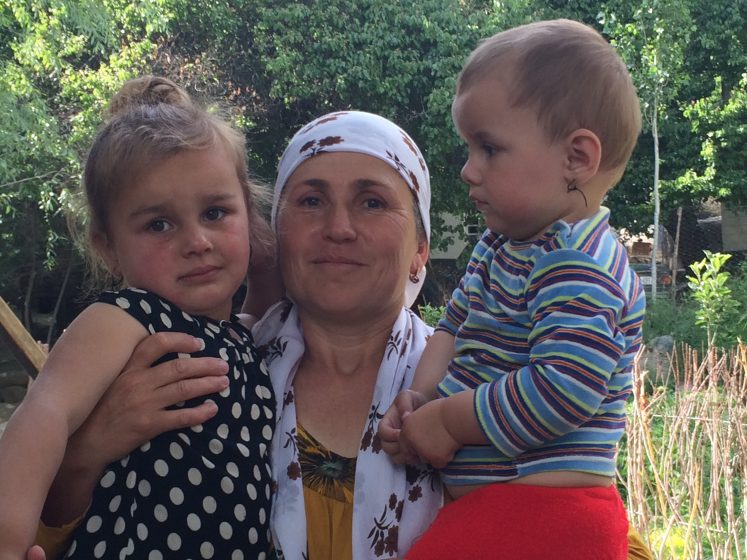
Again, though, this not an issue Central Asian cities should struggle through alone. It is a world issue needing a global conversation that involves words such as “equal” and “fair access to resources”, “just livelihoods” and “sustainable inclusiveness.” The thought process really needs to shift from “How can we keep people out” to “How can we help each other earn more than enough for a loaf of bread.”
The magnetic pull of urban environments puts cities in a unique position to rethink their own boundaries. Getting masses of migrants to love their hometowns and adopted cities even more will help bridge communities near and far.
Jenn Baljko
See more about the trip here.
***
We asked locals many questions about national and city development and progress. The conversations we had with locals, however, are not unique to this region. Countries and cities around the world are dealing with gender issues, managing shadow economies and informal trading practices, and building a grassroots activist movement to create more livable and sustainable cities. We’ll explore these topics in another upcoming essay and several future podcasts.
About the Writer:
Jennifer Baljko
Jennifer Baljko is an avid traveler, longtime walker and a lifetime learner. She’s a city dweller who recently became a tree hugger (literally, she throws her arms around trees and hugs them), but feels at home almost anywhere.

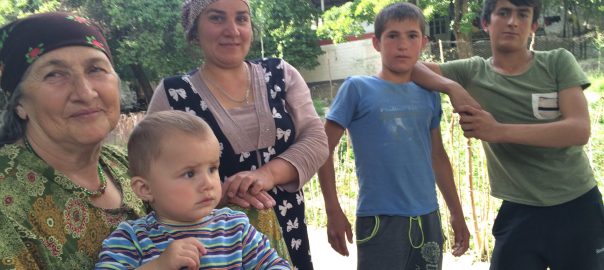






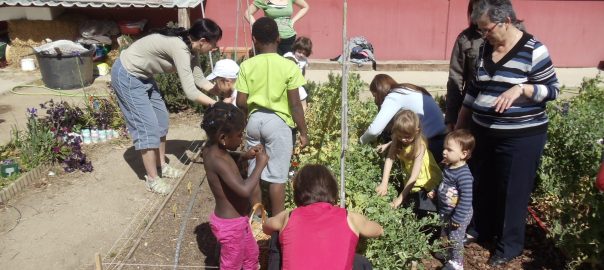
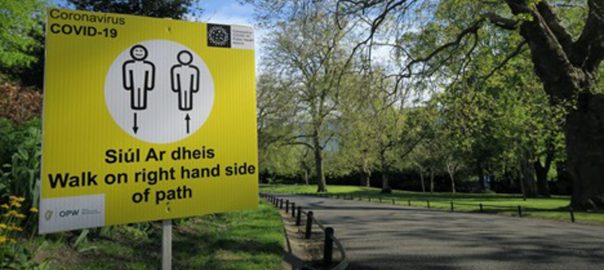


Add a Comment
Join our conversation